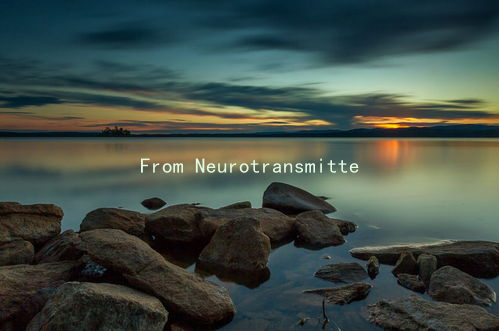From Neurotransmitters to Love Languages: The Science Behind Relationship Chemistry
Relationships are a complex dance of emotions, psychology, and biology. Understanding the underlying science can enhance our abilities to connect with partners, foster deeper intimacy, and navigate the challenges that come with romantic entanglements. One pivotal aspect of this journey is the role of neurotransmitters—chemical messengers in the brain—and how they interplay with the love languages that facilitate emotional connections.
The Role of Neurotransmitters in Love
At the core of relationship chemistry lies a series of neurotransmitters that significantly influence our feelings and behaviors in romantic contexts. Dopamine, oxytocin, serotonin, and adrenaline are a few key players in this biological symphony.
1. Dopamine: Often referred to as the feel-good neurotransmitter, dopamine is released during pleasurable activities, including romantic interactions. It plays a fundamental role in reward-driven behavior, heightening our feelings of attraction and desire. When we experience the thrill of a new relationship, dopamine surges can create a euphoric emotional high, motivating us to seek out our partners.
2. Oxytocin: Nicknamed the love hormone, oxytocin is released during physical intimacy, particularly during hugging and cuddling. It fosters feelings of trust and attachment, making it essential for relationship bonding. Couples who engage in regular physical affection not only boost their oxytocin levels but also strengthen their emotional connection.
3. Serotonin: This neurotransmitter stabilizes mood and feelings of well-being. Low serotonin levels can lead to anxiety and depression, negatively impacting relationship dynamics. Maintaining mental health through effective communication and mutual support can help buffer against these fluctuations.
4. Adrenaline: This neurotransmitter is associated with the bodys fight-or-flight response. In the context of relationships, it can trigger excitement during the early stages of love, adding an element of passion and spontaneity. However, excessive adrenaline can also lead to anxiety, underscoring the importance of balance.
The Five Love Languages
While neurotransmitters are responsible for our emotional highs and lows, understanding love languages can provide a practical framework for expressing affection and building connection with our partners. Dr. Gary Chapman introduced five love languages that reflect different ways individuals give and receive love:

1. Words of Affirmation: Some people feel most loved when they receive verbal compliments, encouragement, and appreciation. Using kind words can significantly enhance emotional intimacy.
2. Acts of Service: Performing helpful tasks for your partner, whether it’s cooking dinner or taking care of chores, can communicate love to those with this love language. These actions demonstrate thoughtfulness and consideration.
3. Receiving Gifts: For some individuals, tangible gifts symbolize love and affection. It’s not about materialism but rather the thoughtfulness and effort behind the gifts that matter.
4. Quality Time: Spending meaningful time together strengthens bonds. Engaging in shared activities or simply enjoying each other’s company can reinforce feelings of love and connection.
5. Physical Touch: As mentioned earlier, physical contact can enhance the release of oxytocin. This love language emphasizes the power of touch in creating intimacy and emotional safety.
Bridging the Gap Between Science and Practice
Understanding the science behind attraction and emotional connection can equip individuals with tools to navigate their relationships more effectively. By recognizing the influence of neurotransmitters on our emotions and behaviors, we can better manage our responses in romantic contexts. Additionally, embracing the concept of love languages allows couples to communicate their needs and desires more transparently.
In practice, this might look like consciously making an effort to express love in ways that resonate with your partner’s love language while maintaining a healthy emotional state through mindfulness and self-care. Open dialogue about each others feelings and preferences can strengthen the connection even further.
In summary, approaching relationships with a blend of scientific insight and emotional awareness can lead to deeper and more fulfilling bonds. By understanding how neurotransmitters and love languages interact, we can become more adept at forging and maintaining the romantic connections that enrich our lives. Relationships are not just a matter of chance; they are a science worth exploring.





